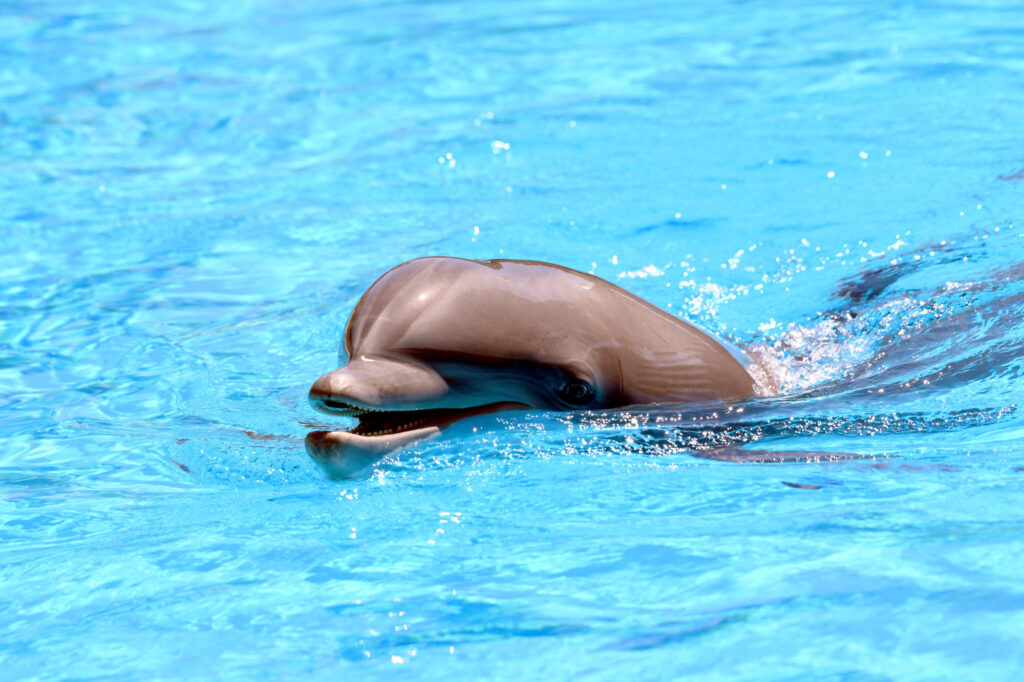A team of international scientists, including Sara Torres, a researcher at the University of Southern Denmark, will study over the next four years the ability of animals to plan or think about their future and remember actions from their past.
The study, involving the Spanish zoo Loro Parque, the Max Planck Institute for Ornithology in Germany, and the University of Antwerp, among others, will analyse the abilities of time perception, episodic memory and foresight, when-what-where memories and anticipation of future events.
Over the course of four years, the participating institutions will research different species, including bats, parrots and dolphins. Loro Parque, together with the University of Southern Denmark, will study the dolphins’ abilities to think about their future and past.
“Until now, our conception of space-time differentiated us from animals such as dolphins or parrots; however, we see that we share advanced cognitive abilities that are not exclusive to humans”, says Torres.
In this sense, the researcher expects the study to “unravel some of the mysteries of the animal world in order to learn more about their behaviour, habitats and relationships”. The results will reveal whether animals understand time and whether they adapt to it in order to plan future actions or communicate with each other.

Dolphin during one of his activities at Loro Parque
To explore time perception skills, animals will be taught to associate short events with a food reward at a particular location, and longer events at a different location. Once they have learned the concept, they will be paired with other inexperienced animals to see if they learn faster than the original subjects. If so, it would be concluded that this is social learning.
Episodic memory will be observed by showing two objects to the subject, one on the right and one on the left. These will change location during the day, testing awareness of time and connection to other events.
For future events, a maze shall be used around objects that obstruct the animal’s vision. Although the reward will have a fixed position, the walls of the maze will be changed. Based on the movements, it will be determined how the animals plan their detours around the obstacles.
“We expect that the species analysed – bats, parrots and dolphins – share a perception of time, but with different levels of complexity. This is an exciting time for the scientific community and we are eager to share our findings with the world”, says Torres.
The findings will offer breakthroughs in understanding the social transmission of information between species and will reveal key questions of animal evolution.













